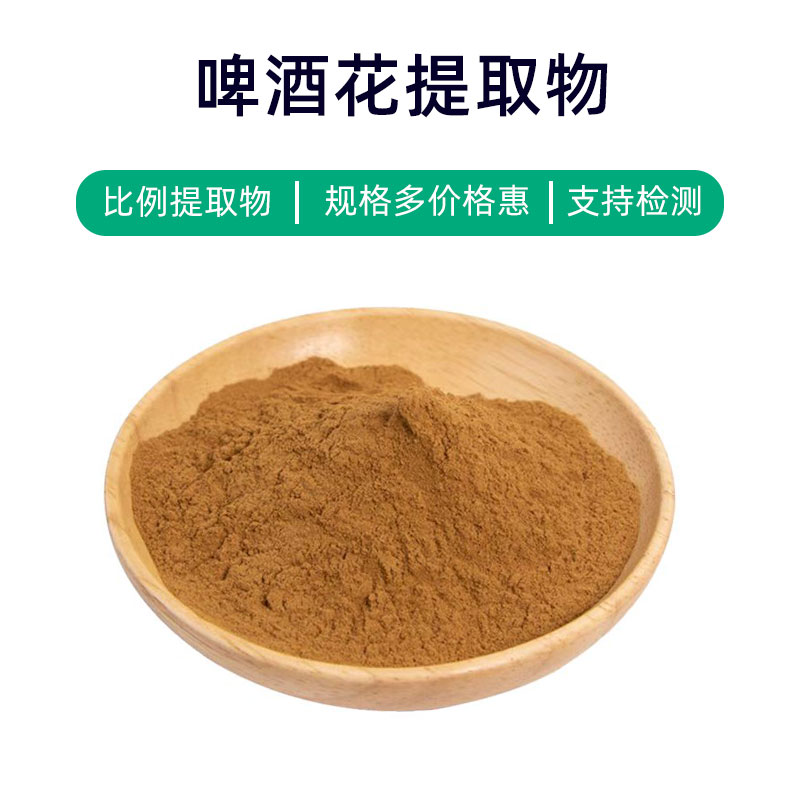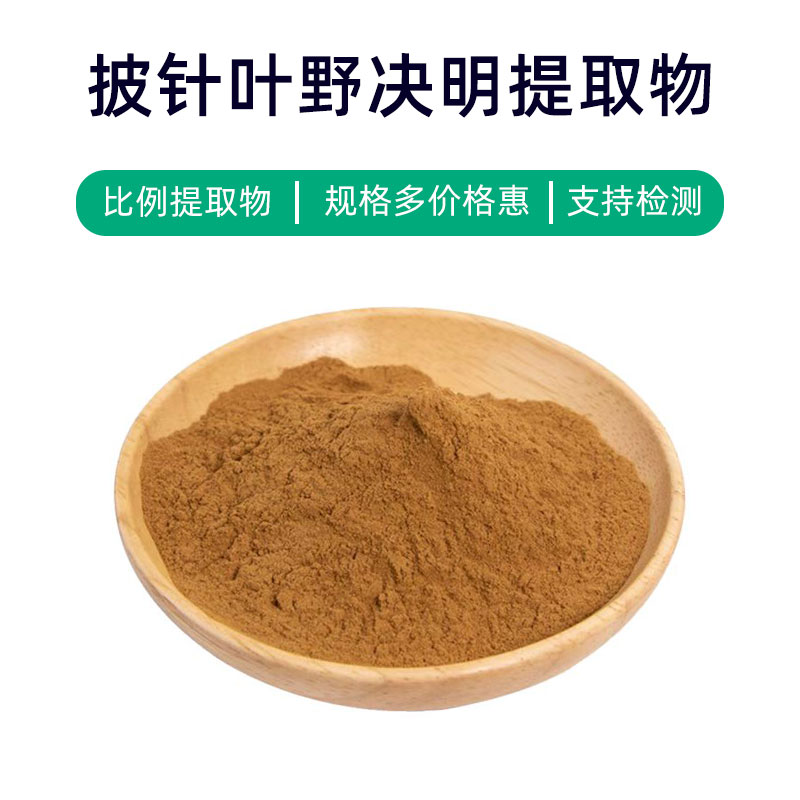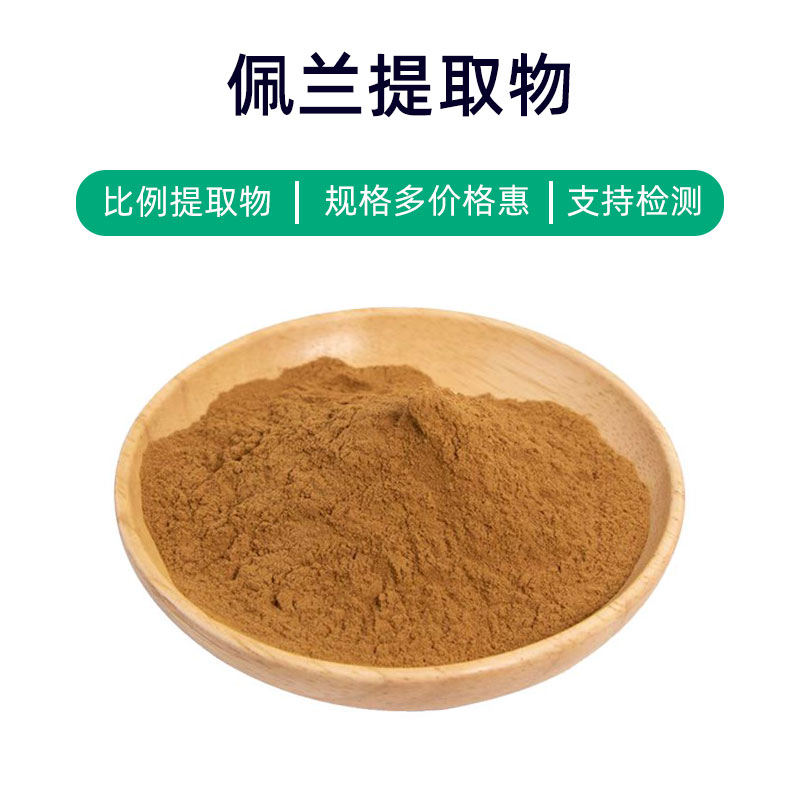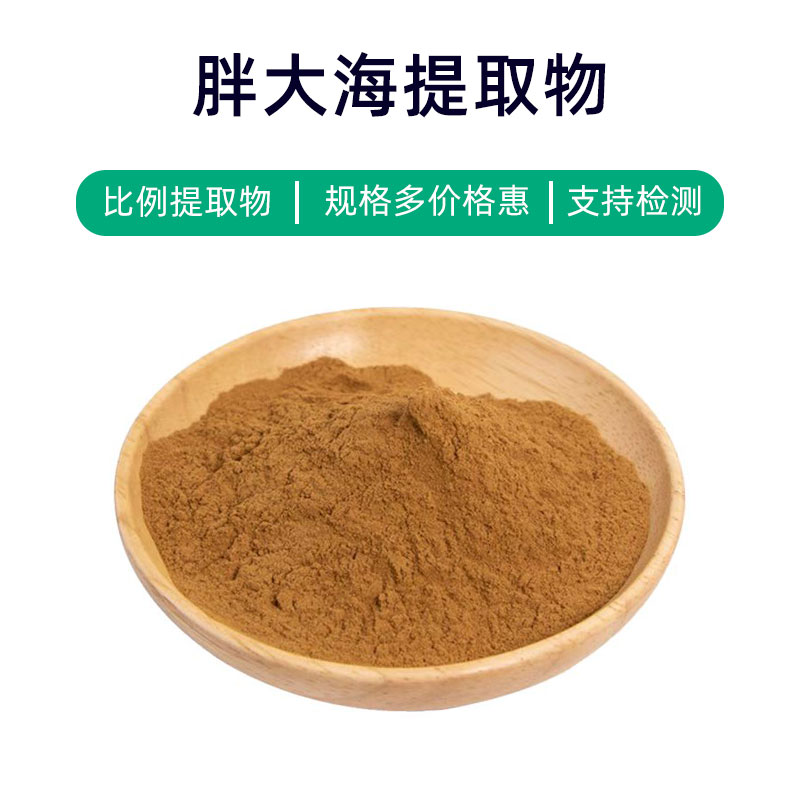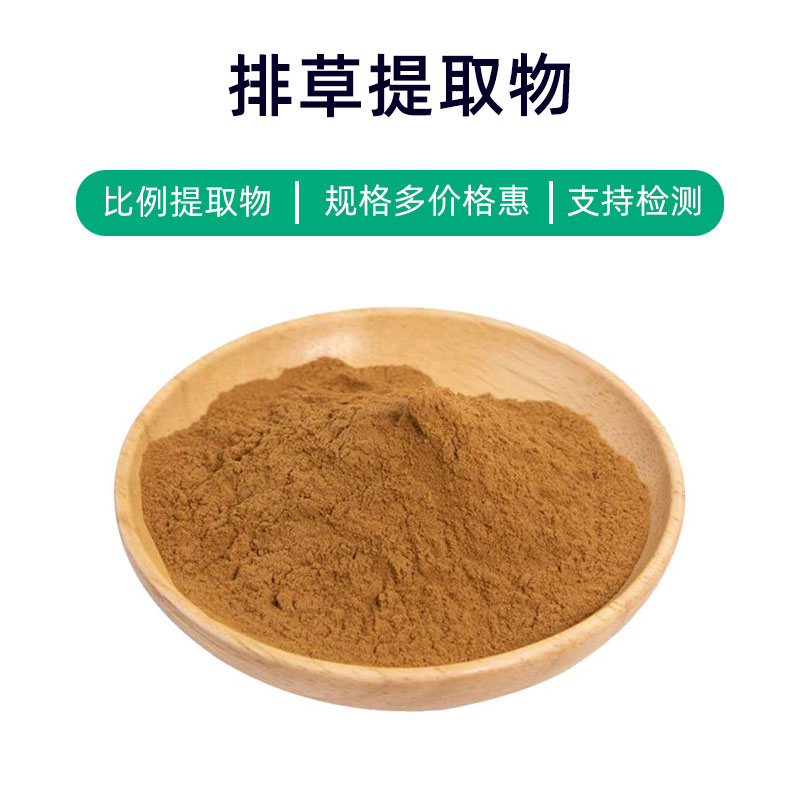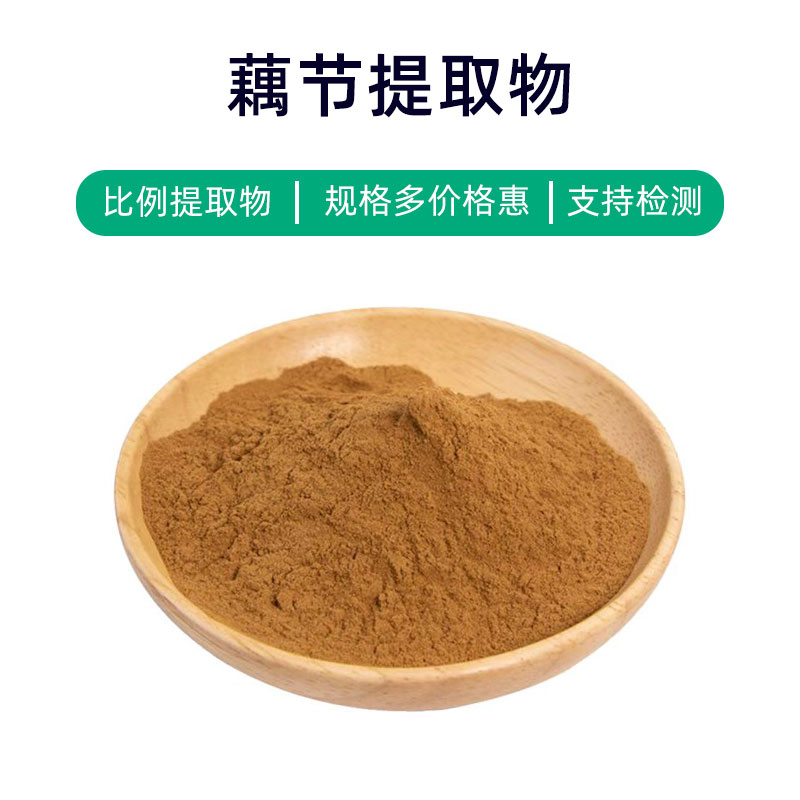Yellow Mustard Seed Extract Product Introduction
Yellow mustard seed extract is a natural plant extract derived from the seeds of yellow mustard (Sinapis alba). Its main active components include mustard oil, sinigrin, and various other compounds. These ingredients endow yellow mustard extract with multiple pharmacological effects, making it widely applicable in medicine and health supplements.
The extract exhibits antibacterial, antioxidant, and digestive enhancement effects. Mustard oil is rich in several unsaturated fatty acids, providing antioxidant benefits that help to eliminate free radicals and slow down cellular oxidative damage. Sinigrin has antibacterial properties that can inhibit the growth of bacteria and fungi, assisting in the prevention of infections.
In the pharmaceutical field, yellow mustard extract is often used in formulations for digestive regulators, antibacterial medications, and to treat symptoms like indigestion, lack of appetite, and gastrointestinal infections. In dietary supplements, it is produced as an oral supplement to improve digestive function and enhance immunity. Additionally, it can be used as a food additive to enhance flavor and increase the nutritional value of foods.
In summary, yellow mustard extract is a natural plant extract with various pharmacological benefits, suitable for use in medicine, health supplements, and food products, providing crucial support for people's health.
Yellow Mustard Seed Extract Production Process
The production of yellow mustard seed extract typically involves the following main steps:
- Raw Material Preparation and Cleaning: Fresh yellow mustard seeds are collected and cleaned to remove impurities and surface dirt to ensure the purity of the material.
- Milling and Grinding: The cleaned seeds are milled and ground into a powder form to increase the efficiency of subsequent extraction steps.
- Solvent Extraction: The ground seeds are soaked or subjected to heated reflux extraction with an appropriate solvent (such as ethanol or acetone) to dissolve the active components.
- Filtration and Concentration: The resulting solution is filtered to remove residues and impurities, then concentrated to increase its concentration by removing most of the solvent.
- Precipitation and Separation: By adjusting temperature and pH, the target components are precipitated from the solution, which are then separated via centrifugation or filtration.
- Drying and Grinding: The precipitate is dried, typically using spray drying or vacuum drying methods, transforming it into powdered yellow mustard seed extract.
- Refinement and Packaging: The dried extract undergoes refinement to enhance purity and quality before being packaged, usually in sealed aluminum bags or plastic containers to maintain stability and quality.
Throughout the production process, strict control of operational parameters and conditions is essential to ensure the product's quality and stability. Additionally, quality inspections and testing should be conducted to ensure the product meets relevant standards and requirements.
Yellow Mustard Seed Extract Efficacy and Side Effects
Yellow mustard seed extract is a plant extract obtained from the seeds of yellow mustard (Sinapis alba) and offers various benefits and effects:
- Digestive Promotion: Yellow mustard extract contains active components like mustard oil that stimulate the secretion of digestive juices such as gastric acid and bile, thereby enhancing digestive function and alleviating dyspepsia.
- Antibacterial Properties: The mustard oil has a high concentration of isothiocyanates, which exhibit strong antibacterial properties, helping to inhibit the growth of bacteria and fungi and aiding in the prevention and treatment of infections in the mouth and gastrointestinal tract.
- Antioxidant Benefits: The active components of yellow mustard extract provide antioxidant effects that help neutralize free radicals in the body, reducing cellular oxidative damage and aiding in delaying aging and protecting cardiovascular health.
- Promoting Blood Circulation: Yellow mustard extract can stimulate vasodilation, enhancing blood circulation, improving microcirculation, and alleviating vascular spasms, thus benefiting the prevention and treatment of cardiovascular diseases.
- Anti-inflammatory Effects: Components like mustard oil in the extract exhibit anti-inflammatory properties, helping to suppress inflammatory responses and alleviate tissue swelling, making it suitable for treating skin inflammation, arthritis, and other conditions.
As a natural plant extract, yellow mustard extract is generally safe when used appropriately. However, certain individuals may be allergic, so those with known sensitivities should use caution. If any discomfort arises during use, it is advisable to stop and seek medical attention. Additionally, long-term or excessive use may cause gastrointestinal discomfort and should be done with adherence to medical advice on dosage.
Yellow Mustard Seed Extract Application Scenarios and Dosage
As a natural plant extract, yellow mustard seed extract has extensive applications in medicine, food, and cosmetics. Below is a detailed overview of its applications and dosage in different fields:
- Medical Field:
- Digestive Regulators: Yellow mustard extract is commonly used as an ingredient in digestive regulators for preparations like oral liquids and capsules. The general adult dosage is 3-9 grams per dose, adjusted according to specific symptoms and medical advice.
- Oral Care Products: Its antibacterial and anti-inflammatory properties make it suitable for oral care products, including mouthwashes and sprays. Solutions with concentrations ranging from 0.5%-2% can be prepared, using an appropriate amount for rinsing or spraying as needed.
- Food Industry:
- Food Additives: Yellow mustard extract, as a natural food additive, is used for flavoring and enhancing the palatability of foods. It is commonly applied in seasonings, hot pot bases, and spice mixtures, with quantities modified based on recipes and personal taste.
- Health Supplements: Prepared as oral supplements to improve digestive health and boost immunity. The typical recommended daily dosage is 2-6 grams, according to product instructions or medical advice.
- Cosmetics Field:
- Skincare Products: Due to its antioxidant and anti-inflammatory properties, yellow mustard extract is often used in skincare products such as creams, lotions, and serums. It is applied by taking an appropriate amount and massaging it into clean skin until absorbed.
- Cleansing Products: Yellow mustard extract is also found in cleansing products to clean the skin while soothing it and reducing inflammation and redness. Generally, the method involves taking an appropriate amount of the cleansing product, mixing with water until foamy, gently massaging the face, and rinsing with clean water.
In any application scenario, here are some considerations when using yellow mustard seed extract:
- Follow the product instructions or medical advice and avoid exceeding the recommended dosage.
- Pregnant or breastfeeding women, children, and individuals with specific health conditions should consult a physician before use.
- If any allergic reactions or discomfort occur, stop use immediately and seek medical assistance.
- Store the product properly, avoiding direct sunlight and humid environments to maintain stability and effectiveness.
Yellow Mustard Plant Introduction, Distribution, and Growth Environment
Yellow mustard (scientific name: Sinapis alba) is a member of the Brassicaceae family, also known as white mustard or yellow mustard. Here’s detailed information about the plant from which yellow mustard seed extract is derived, including its introduction, distribution, and growth environment:
Plant Introduction:
Yellow mustard is an annual or biennial herbaceous plant that generally reaches a height of 30 to 100 centimeters. It has an upright stem that typically branches minimally, and the leaves are alternate, with deeply divided feather-like structures. The flowers are small and yellow, arranged in a raceme, and the fruit is a silique, with oval seeds that are smooth and yellow in color.
Distribution:
Yellow mustard is native to Europe and the Mediterranean region, including countries like Italy, France, and Spain. It has since been introduced to North America, Asia, and other regions, where it is widely cultivated and has become naturalized. It is quite prevalent in temperate and subtropical areas.
Growth Environment:
Yellow mustard thrives in sunny, humid environments and has modest soil requirements, preferring loose, well-drained soil. It can tolerate lower temperatures, with optimal growth temperatures ranging from 15 to 20 degrees Celsius. The plant has a strong tolerance for cold. Its growing season typically spans from spring to summer, with some varieties being annual and others biennial.
Yellow mustard primarily reproduces through seeds, which can germinate and develop quickly in suitable environments. The seeds exhibit high cold and drought resistance, making them adaptable and relatively easy to cultivate and manage.
Overall, yellow mustard, as a common member of the Brassicaceae family, has a wide growing range, strong adaptability, and significant economic and medicinal value. Its seeds are the primary raw material for producing yellow mustard extract, which has widespread applications in medicine, food, and cosmetics.
Processing and Storage of Yellow Mustard Seed Extract
The processing of yellow mustard seed extract usually involves steps such as raw material cleaning, grinding, solvent extraction, filtration, concentration, and drying. During processing, strict control of temperature, time, and process parameters is essential to ensure the quality and purity of the extract. When storing, it should be kept in a cool, dry place, protecting it from direct sunlight and humidity, sealed to prevent moisture ingress. Regular checks on the extract’s appearance and smell are recommended to ensure product stability and quality.
Monica Sun is a seasoned expert in the plant extraction industry with over a decade of experience in research and production. She specializes in the extraction and purification of plant active ingredients, focusing on driving innovation in natural product applications. Monica has participated in the development of multiple functional plant extracts, delivering high-value natural raw material solutions for the health food, pharmaceutical, and dietary supplement sectors.









